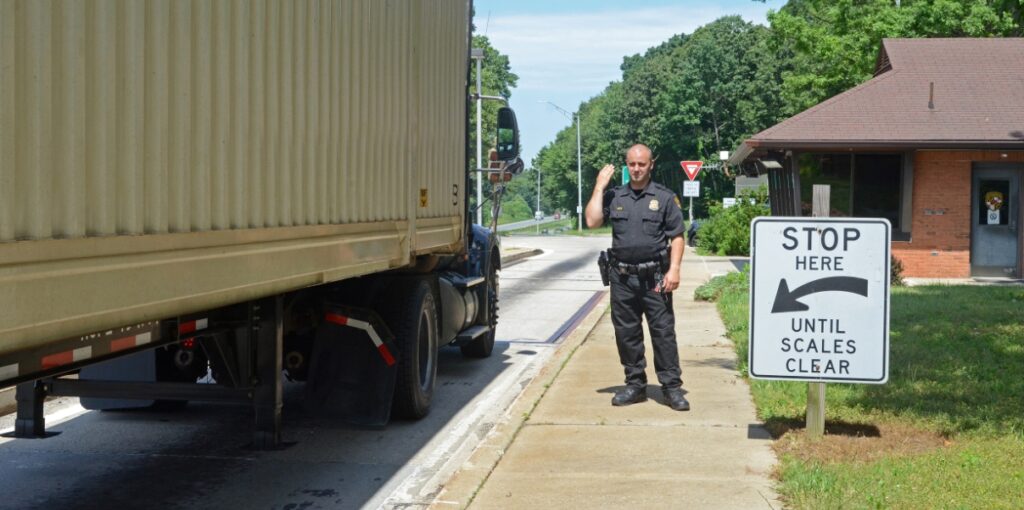The Driver Coercion rule, which took effect in January 2016, prohibits coercing a driver to violate federal motor carrier regulations. One unique aspect of the rule is that it not only applies to carriers coercing one of its drivers, but also to brokers, shippers and receivers who have contact with the driver.
Driver coercion is becoming a hot topic again ahead of the ELD mandate on December 18. ELDs automatically log a driver’s hours of service, so there is much less flexibility than the current system where drivers can manually enter their hours. Because of this, former FMCSA inspector John Seidl says that the upcoming ELD mandate could be an additional stumbling block for brokers and shippers wanting to avoid driver coercion. Watch Video.
Seidl, a keynote speaker at the DAT User Conference in October, said that a broker cannot ask a carrier to continue on if the broker knows the driver has surpassed his hours of service.
And it’s not just hours of service issues that could lead to a driver coercion claim. For example, if a driver has a maintenance out-of-service condition at a shipper facility and the shipper tells the driver that he can’t fix his truck at the facility and he needs to leave. In that case, the shipper could be liable for coercing the driver to violate vehicle maintenance standards.
“Brokers play a key role,” Seidl said. “Brokers need to educate themselves because they’re part of the coercion rule, and they also need to educate shippers and receivers on the regulations, specifically key regulations that shippers and receivers would be susceptible to violating.”
Related Content



